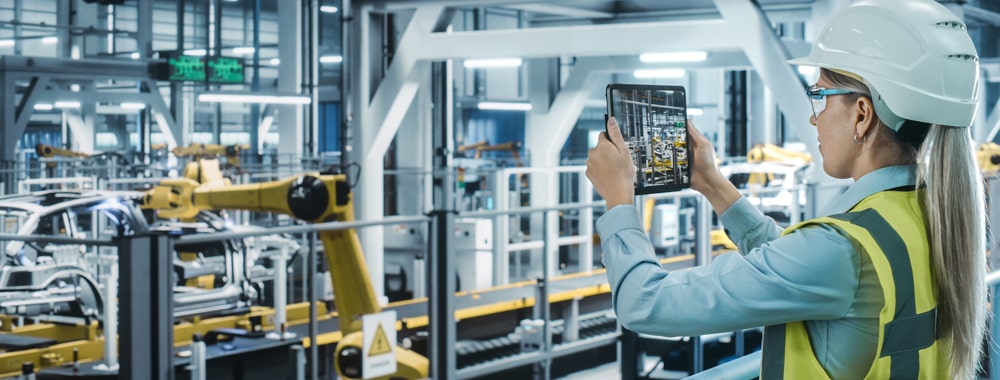
Course Benefits
- Learn the various types of digital twins, how they are used for visualization and what considerations to make for successful implementation
- Discover how extended reality, including augmented, virtual and mixed reality is used through specific examples
- Learn more about wearable and mobility devices and why they are essential for visualization
Who Should Take DT103?
- Automation professionals engaged in designing, implementing, and operating visualization solutions
- Digital transformation managers working with OT data
- Automation software providers wishing to expand their enterprise-based offerings
- IT professionals tasked with implementing enterprise-based visualization solutions
- People tasked with the procurement of OT visualization solutions and who need a background in visualization fundamentals to make more informed technology decisions
View Offerings by Format
Classroom (DT103)Length: 1 day |
Virtual Classroom (DT103V)Length: 1 day |
Visit our course formats page for a detailed description of each format.
Learning Objectives
- Section 1: Introduction to Visualization
- List the various types of visualization
- Explain why visualization is important
- Compare and contrast the various forms of visualization and where organizations can best use each type of visualization
- Section 2: Digital Twins
- Define what a digital twin is
- List the various types of digital twins
- Explain why digital twins are important
- Explain the various digital twin design considerations and why they are essential to a successful digital twin implementation
- Apply the various implementation tips to your organization
- Section 3: Extended Reality
- List the various forms of extended reality
- Explain why extended reality is a vital visualization tool
- Explain the main characteristics of VR and the main barriers to the adoption of VR
- Explain the main aspects of AR and the main barriers to adopting AR
- List some real-world industrial applications of AR
- Explain what MR is and the main barriers to adopting MR
- Distinguish the main differences between VR, AR, and MR
- Section 4: Mobility and Wearables
- Explain what mobility is and why it is important for the visualization of data
- List some mobile devices and the main functions of mobile device management
- Identify the key characteristics of mobile sensors
- Differentiate the three types of mobile development
- Explain what is occasionally disconnected and why it is important in the industrial environment
- Appraise how mobility could be used in an industrial environment
- Explain what wearables are and why they are important
- Differentiate between mobility and wearables
- List different wearable devices and the various barriers to adopting wearables
- Section 5: Visualization Use Cases
- Explain the value of the excursion management portal
- Explain the value of industrial AR with wearables
- Explain the value of the risk dashboards
- Explain the value of the digital twin for corrosion management
Recommended Prerequisites
There are no required prerequisites, however, general knowledge of communication essentials for industrial automation systems may be helpful. In addition, the course developer also recommends the ISA courses, Introduction to IIoT—the Industrial Internet of Things (DT101) and Introduction to Big Data (DT102).